- The Panzer General’s grandson: an introduction to Wargame: European Escalation
- Attack, defence, and the art of Wargame
- Wargame: European Escalation – The Verdict
- Wargame: European Escalation – 40% off sale & content patch
- What we know about Wargame: AirLand Battle
- Wargame: AirLand Battle: opening a box of virtual chocolates
- Wargame: AirLand Battle: right troops, right place, right time
- Let’s defend Scandinavia in Wargame: AirLand Battle! Part 1: Something Rotten in Denmark
- Let’s defend Scandinavia in Wargame: AirLand Battle! Part 2 (FINAL): Who Dares, Wins
- Wargame: AirLand Battle — The Verdict
- If your Wargame ain’t broke…
- The Beginner’s Guide to Wargame
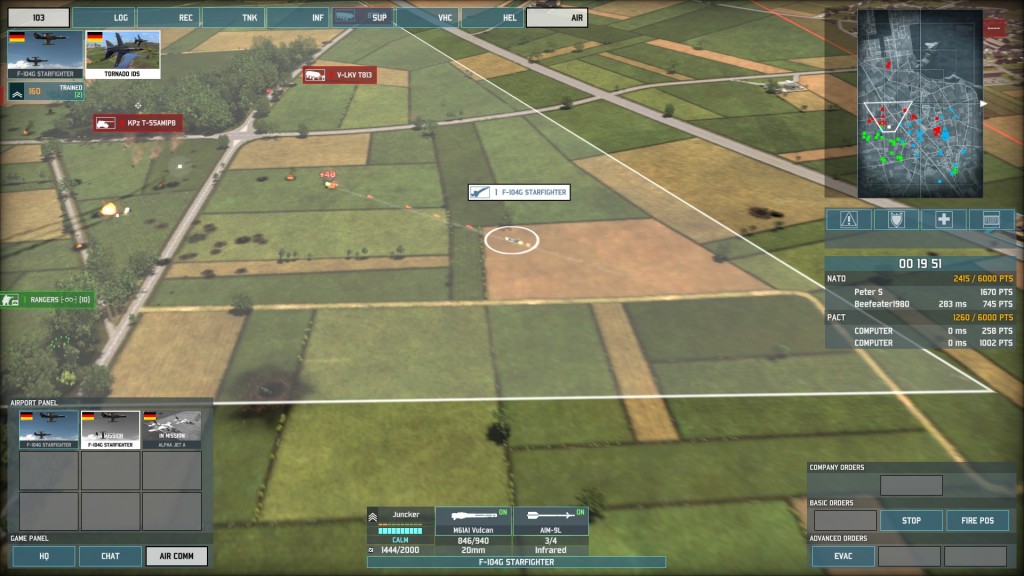
Eugen Systems, the studio behind Wargame: AirLand Battle, is now one of my favourite developers of strategy games, of historical games, and indeed, of historical strategy games.
I don’t say this lightly. That is exalted company to be in, alongside the likes of Paradox, Firaxis, and Creative Assembly, but I think it’s deserved. With AB, Eugen has demonstrated three things:
1. They can capture the spirit of a setting – in this case, a Cold War gone hot in Europe.
2. They know what makes a good strategy game: a series of interesting decisions that produce clear, understandable outcomes.
3. They can learn from past mistakes.
Theme and mechanics come together brilliantly in the real-time, battalion-level engagements that lie at the heart of AB. Tank rushers will have to unlearn those habits; binoculars are as deadly as bullets here, and combined arms are king. Battles are about planning, scouting, and manoeuvre, followed by the reward of seeing a plan come together: the thrill as US Marine LAV-25s dash through the gap in a careless opponent’s line; the joy of stopping a tank charge with one well-placed helicopter or air strike – and the agony when you’re outwitted. (More details, and war stories, here.)
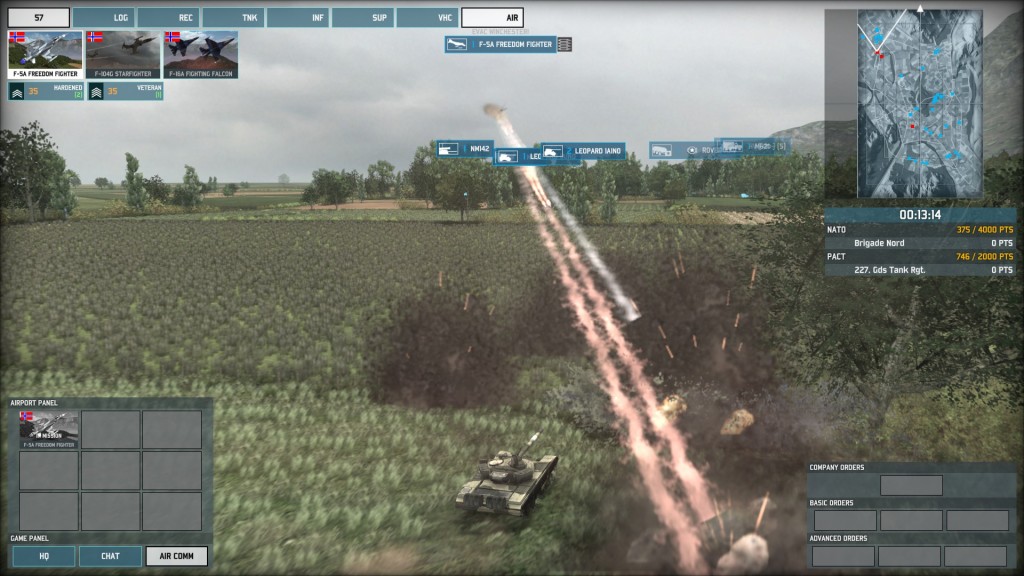
Two distinct game modes provide context for individual battles. The first is a dynamic campaign (at the time of writing, playable either in single-player or against another human) that works a little like the original Shogun or Medieval: Total War. Players take turns moving armies from region to region on the strategic map, and when two forces collide, this triggers a battle on the tactical map (details here). While the campaign mechanics are very simple, they produce impressively rich effects, reminiscent of history books and dedicated operational-level games:
1. The trade-off between the competing demands of pushing an offensive and taking the time to resupply one’s troops.
2. The potential for stubborn defenders to throw an attacker’s plan off schedule.
3. The tendency for small meeting engagements to mushroom once the high command commits more troops.
On the strategic layer, the campaign encourages players to position forces for mutual support; and in battle, it rewards keeping an eye on the broader situation – grabbing a key location, or buying time with a series of draws, may allow a knockout blow once reinforcements arrive via the strategic map. In practice, the campaign’s implementation is not perfect: the current system is counterintuitive (I do not think it is a coincidence that many players, and a number of other reviewers, have expressed befuddlement or frustration); a number of rules could do with some fine-tuning; and that goes doubly so for the strategic AI, which needs a better grasp of when to go all-in and when to play it safe. I understand that the developers plan to patch the campaign mechanics, which should be interesting to see; but even as is, the core ideas underpinning the campaign remain sound, and it is many, many times better than what AB’s predecessor, European Escalation, had to offer.
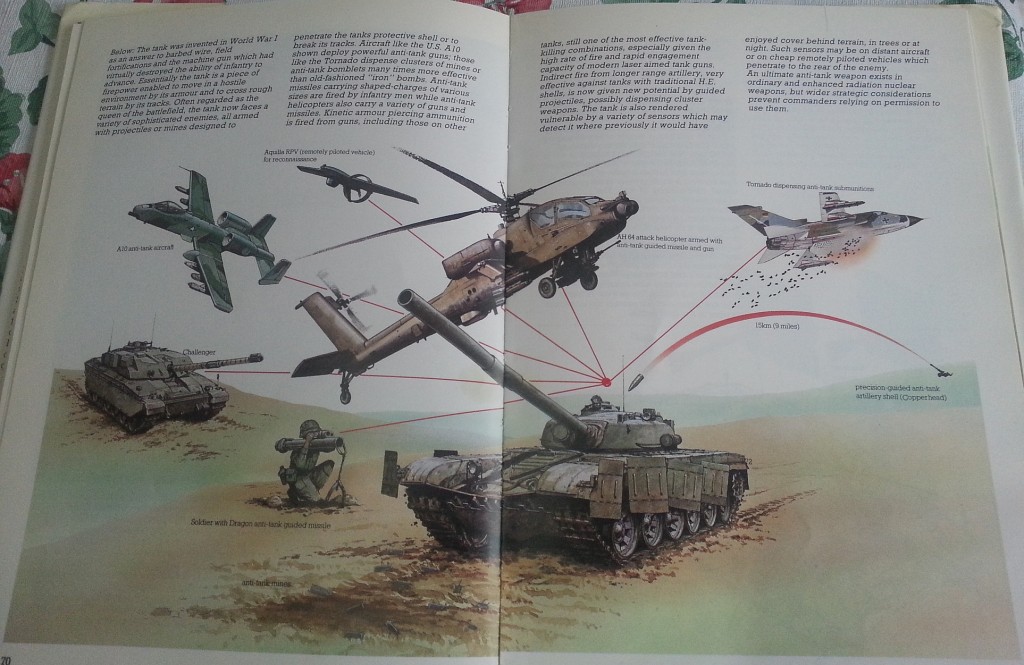
AB’s other game mode, playable in either co-op or PvP, is skirmish/multiplayer. Here, players design their own armies from the 800+ units on offer (details here), then send them into the fray. It has a rather different appeal to the campaign, and perhaps the best analogy might be a very dissimilar-seeming game: the epic, legendarily deep fantasy TBS Dominions 3. Like Dominions 3, skirmish/MP mode in AB offers a gigantic box full of toys, then invites players to choose a set for the day. And like Dominions 3, this gives rise to endless replayability; it is both satisfying and addictive to come up with builds, test them in battle, and amend them in light of lessons learned. Fancy traditional armoured warfare? No problem – there are builds for that. Want to try a light infantry force, reliant on helicopters for punch? You can do that too. What about a challenge build? Sure thing.
What are the caveats? I have far fewer of them than I did for European Escalation: AB is robust whether played solo, cooperatively, or in PvP. Perhaps the main one is that, again like Dominions 3, all that choice comes at the cost of a steep learning curve. That goes doubly so if you are unfamiliar with the game’s era, and hence those 800+ units; but even if you know your F-104s from your A-4s, expect to spend time looking up – or working out – tactics. What should you do when, to borrow a situation from the tutorial, you have a few good tanks confronted by a mass of chaff? (Answer: your weapons will outrange theirs, so keep driving backwards.) When should you use radar-guided anti-air weapons, and when should you use infrared? (Radar is better against planes, infrared against helicopters.) New players will confront these situations and many more; like European Escalation, AB is not a game that can be mastered overnight. But for strategy lovers, that can be a strength as well.
It is one subset of strategy lovers to whom I would unconditionally recommend Wargame: AirLand Battle. If you are its target audience – (a) you like deep strategy games, and (b) you’re interested in modern military tactics – run out and buy this right now. It is that good. Even if you enjoy strategy but not the game’s subject, this may still be worth a look. Mechanically excellent, thematically evocative, this is one of the finest real-time strategy games I have ever played, and so far, my favourite game of 2013. Bravo, Eugen, and welcome to my strategy gaming pantheon. You’ve earned it.
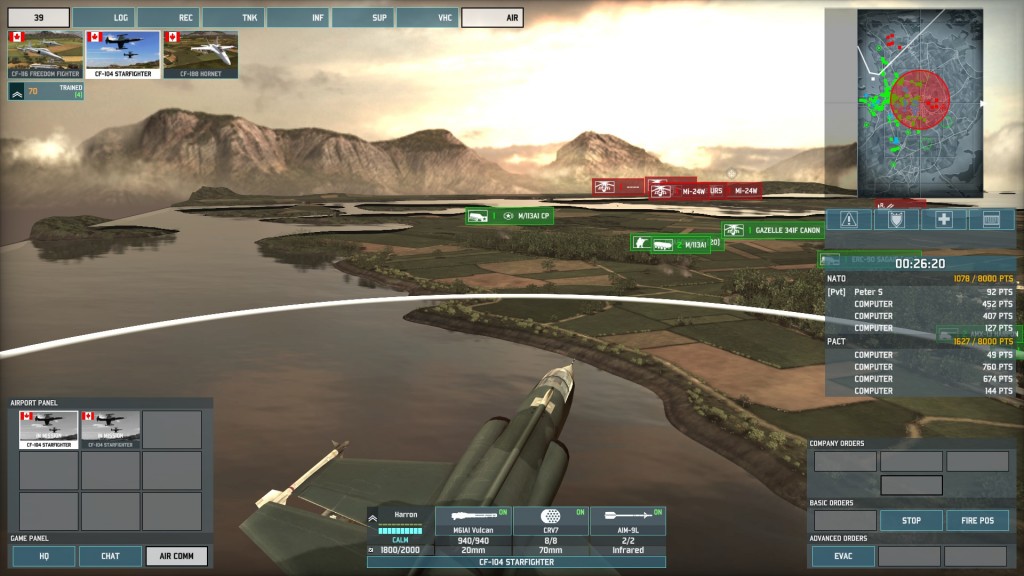
Resources
Support this blog! Buy Wargame: AirLand Battle from Amazon.com
The basis of this review
Time spent with the game: ~50 hours per Steam.
What I have played: A mix of skirmish, coop multiplayer, and PVP multiplayer. I have won campaigns #1 and #4, both in single-player.
What I haven’t played: Campaigns #2-#3. Any of the campaigns in multiplayer.
The above comments are based on a copy of the game supplied by its publisher, Focus Home Interactive.

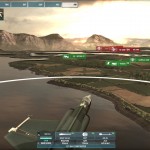
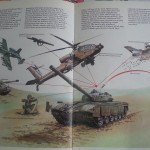
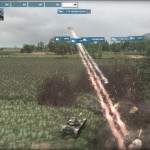
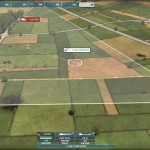
One thought on “Wargame: AirLand Battle — The Verdict”